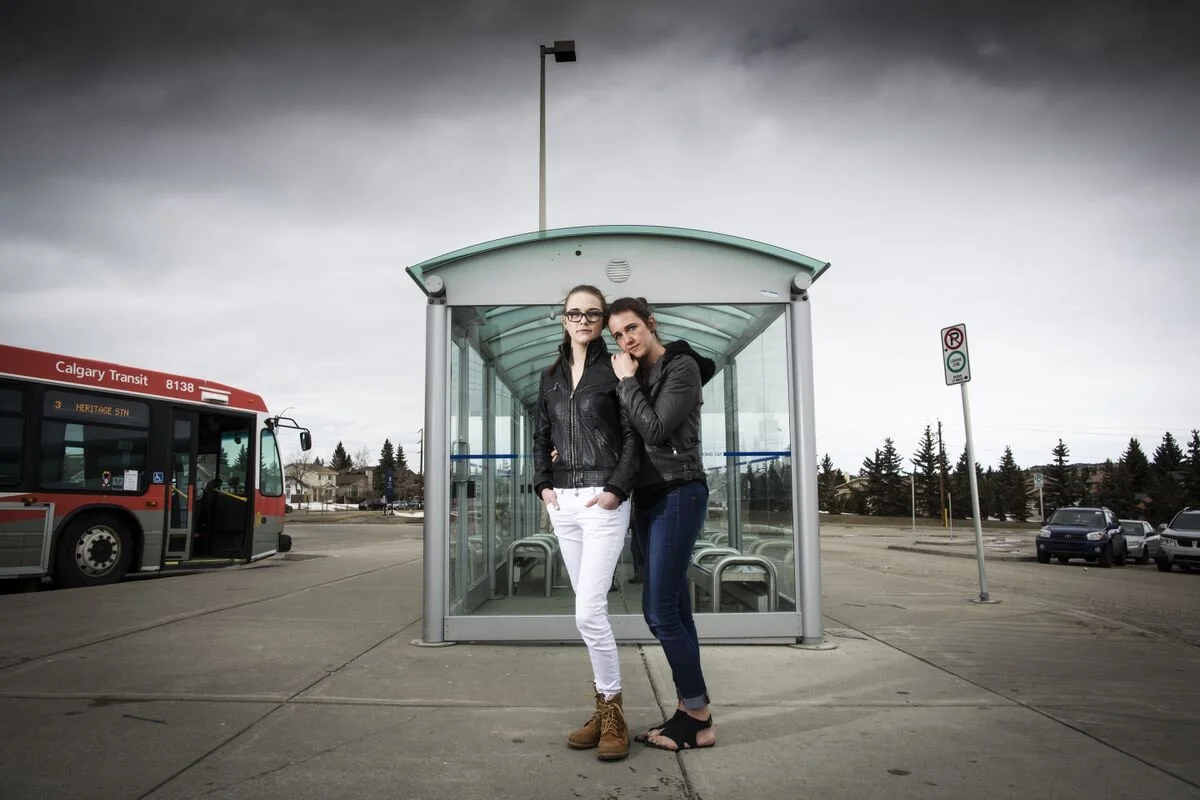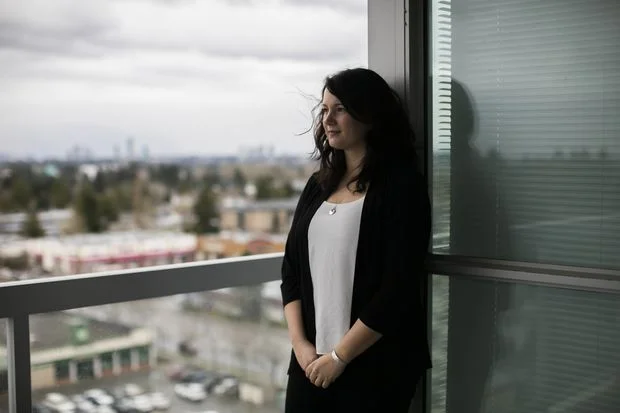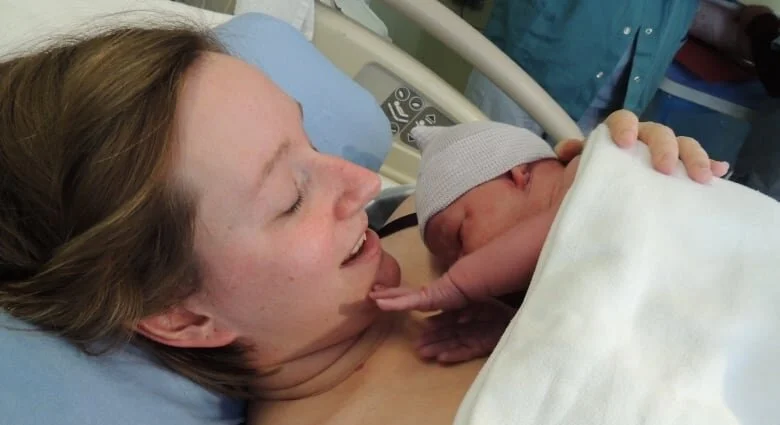INVESTIGATIONS
ASSISTANCE ABROAD
Jasmine Mohamed, Alisa Clamen and Shyan Desrosiers have each turned to Global Affairs Canada for help with family emergencies abroad: A father hospitalized in Turkey, a son missing in Peru, a son found dead in Costa Rica. All say they are unhappy with the help Canadian officials offered.
ANNIE BURNS-PIEPER/THE GLOBE AND MAIL
How Canada’s patchwork of consular services leaves some citizens fighting for life and justice abroad
If Canadians are jailed, endangered or go missing abroad, Global Affairs is supposed to be in their corner. But there are unclear and inconsistent standards that favour some travellers over others, a Globe investigation has found.
Like many young Canadians, 22-year-old Jesse Galganov wanted to travel. In September, 2017, after he finished his undergraduate degree, he left Montreal for what was supposed to be an eight-month trip to South America and Southeast Asia. He took an 11-kilogram backpack and hoped to immerse himself in how people in other parts of the world live before he started medical school.
First stop was Peru, where Mr. Galganov planned to spend four days on a popular high-altitude trek through the Cordillera Blanca Mountains. He was normally in touch with his mother, Alisa Clamen, daily, but told her he would be out of cellphone range.
When he didn’t check in, Ms. Clamen, a lawyer, first assumed her son had taken a longer route. When she still hadn’t heard from him after 12 days, she was terrified. She called the Canadian embassy in Peru and was routed to consular headquarters in Ottawa.
Consular services, which falls under the umbrella of Global Affairs Canada, is a rarely scrutinized department responsible for assisting Canadians abroad.
Every Canadian who obtains a passport pays a $25 fee. In 2018-19, that provided $53.4-million for those services.
“Every search that I have done, every action I have taken, has been privately funded,” Ms. Clamen says. “The government does nothing, it does not protect citizens abroad.”
Shirley Hewitt, mother of Shawn Edmonds who died in Costa Rica in 2017.
ANNIE BURNS-PIEPER
Global Affairs Canada has faced billions in legal claims since 2011 over consular aid for Canadians abroad
Global Affairs Canada has faced billions of dollars worth of legal claims since 2011 over its consular assistance to Canadians abroad, federal government documents reveal.
Many of these lawsuits stem from citizens who faced allegations of terrorism or allege they were wrongfully imprisoned and, in some cases, tortured in foreign countries. Some allege Canadian government officials didn’t do enough to help them. And some allege the actions of consular staff contributed to their detainment and injuries suffered overseas.
How much these multiple claims ultimately cost the government is unknown. Global Affairs will not divulge that information, saying the settlements are confidential.
BIRTH TOURISM
Nearly one-quarter of all births at the Richmond Hospital are to non-residents. Insiders say it is having detrimental effects on the hospital and staff. (Annie Burns-Pieper)
How women travelling to Canada to give birth could strain the health-care system
Women travelling to Canada to give birth to babies who will automatically become Canadian citizens are prompting concerns about the strain they may be putting on the health-care system, The Fifth Estate has found.
Canada is one of fewer than three dozen countries that follow the practice of citizenship based on birthplace, regardless of parents' nationality or status.
At one British Columbia hospital with a high concentration of such deliveries, complaints have arisen that the influx of these non-resident patients — also known as birth tourists — has led to compromised care for local mothers-to-be and struggles for nursing staff.
Some of these patients fail to pay hospital and doctors bills, leaving taxpayers and individual care providers on the hook.
SEXUAL VIOLENCE ON PUBLIC TRANSIT
Ms. Cayouette returns to the Calgary bus stop where she was attacked. At her side is her mother, Stephanie Cayouette-Cudmore.
TODD KOROL/THE GLOBE AND MAIL
Thousands of Canadian transit passengers target of sexual violence between 2013 and 2017, Globe analysis finds
The Globe obtained and analyzed scores of records to find out how the country’s 22 largest public transit systems track and handle sexual misconduct. Data gaps mean the number of incidents is likely much higher
“If we are going to address sexual harassment and sexual violence in all of its forms, we need much more detailed data and we need accurate data,” she said. “We can’t address it if we keep denying that it is happening.”
Dozens of sexual-misconduct complaints made against transit staff in Vancouver, Toronto and Montreal since 2013, records show
Canada’s three largest transit systems have fielded dozens of complaints of sexual misconduct by transit staff against passengers since 2013, including allegations in Toronto of harassment of underage girls.
Data obtained by The Globe and Mail through Freedom of Information requests show that since 2013 there have been at least 83 complaints of sexual misconduct made against Toronto Transit Commission staff. Vancouver and Montreal have recorded 34 and 14 such complaints, respectively, during the same period.
Complaints made to the TTC offer a window into the breadth of the alleged sexual misconduct and harassment, from staff catcalling passengers to imitating oral sex, inappropriately touching women, asking them about their sex lives, commenting on their bodies and making homophobic slurs.
Transit agencies say they’ll improve tracking of sexual violence
Several transit agencies across Canada say they are changing how sexual violence and harassment are tracked on their systems, after revelations of pervasive data gaps reported by The Globe and Mail.
Among those planning reforms such as expanding the scope of incidents tracked and updating record systems are the Toronto Transit Commission, Calgary Transit and Metrolinx, which serves the Greater Toronto and Hamilton area. Saskatoon Transit, meanwhile, which was not collecting data on sexual assault, has started doing so since The Globe first contacted the agency about the issue, and is considering also tracking sexual harassment.
PHYSICIAN CONDUCT
Alison Pillar says Winston Tuck Loke Tam treated her poorly in 2014 when she visited him with an infected C-section incision. “I was screaming, ‘What are you doing? Stop!’” she says.
RAFAL GERSZAK/THE GLOBE AND MAIL
The disturbing record behind one of B.C.’s top billing doctors
Patients who claim they were harmed by obstetrician-gynecologist Winston Tam are demanding to know how he was disciplined and why action wasn’t taken sooner
“I fully believe he put our kids at risk for money,” said Mr. Stewart. “I was a walking price tag,” added his wife.”
B.C. scrutinizes disciplinary process after doctor’s $2.1-million overbilling case
B.C. Health Minister Adrian Dix has asked officials to examine whether the ministry’s disciplinary process can be accelerated, saying he is concerned about how long it took to reprimand one of the province’s highest-earning doctors for overbilling.
On Tuesday, a Globe and Mail investigation revealed that provincial auditors began scrutinizing Winston Tuck Loke Tam’s billing practices in 2010, but it took almost six years to conclude the entire process and order the obstetrician-gynecologist to give back $2.1-million − one of the highest repayment rulings ever issued to a health practitioner in Canada.
MATERNITY CARE
Jessica Ervin says a doctor performed a vaginal exam without her consent. (Submitted by Jessica Ervin)
'Stop! Stop!': Canadian women share stories of alleged mistreatment in the delivery room
CBC News finds hundreds of complaints citing issues like quality of care, disrespect.
“When the first cut happened, I screamed out in pain and nobody moved, nobody said anything,” Sweeney said. “The surgery just continued, they didn’t try to intervene, they didn’t seem concerned. ”
'A scene from a horror movie': 9 mothers speak out about alleged mistreatment during childbirth
CBC News has heard from dozens of women from across Canada who say they were mistreated by doctors and nurses in the delivery room. Here are nine of their stories.
Advocates, experts and mothers call for action on the mistreatment of women during childbirth
National obstetrician group criticized for failing to address issue
WIRED GLASS
Wired glass, blamed for severe injuries, likely to remain in Canadian buildings for decades
Wired glass – which is being phased out in the United States because of the risk of severe injuries – could be a feature of Canadian buildings for decades to come.
“I realized that people had been being lied to,” says Abel. “People that had been told when they were injured that they were just a freak injury, that it should not have happened, that it was an isolated incident, that was not the case at all. There were literally thousands of young people being injured annually.”
Wired glass contains wire mesh, which is supposed to help slow the spread of fires. But it’s been known for decades that wired glass is weaker than regular glass and can break easily causing serious injuries.
Because of those risks the United States began phasing out traditional wired glass in 2003. Canada is just now looking at updating these standards.
Wired glass injures as many as one child a day in Canadian schools, expert says
A public health expert from the University of Toronto estimates that as many as one wired glass injury a day occurs in Canadian schools.
Wired glass is a product that has been used for years in Canada. But concerns about its safety have prompted changes in the United States to prevent it from being used in areas where people could be hurt. Traditional wired glass was phased out of new construction of schools in 2003 in the U.S. In Canada however, it’s still allowed by provincial building codes based on a standard that hasn’t been updated in 25 years.
Currently no agency in Canada is tracking how often wired glass injuries happen in schools or other buildings.
Wired glass linked to ‘horrible injuries’
It’s everywhere you go, yet you have probably never noticed it. Glass with wire mesh inside, called wired glass, is a product that has been used for fire protection for decades in Canada. It looks strong but it is weaker than regular glass and when it breaks it can cause serious injuries, some that have brought people close to death.
The United States updated standards in the mid-2000s to prevent the use of traditional wired glass in areas where people could be hurt such as schools and hotels. But in Canada, wired glass continues to be installed widely.
PATIENT SUICIDE
Lifting the curtain on suicides in Canadian hospitals
Hospitals in Canada are under no obligation to publicly report the results of investigations when someone takes his or her life while under suicide watch.
In some jurisdictions, public or coroners’ inquiries are launched, but not in the majority of inpatient suicide cases. With in-hospital suicides mostly hidden from the public, there are no statistics collected in Canada on how often they occur.
Through freedom-of-information requests filed in every province, CTV’s investigative news program W5 was able to extrapolate data to produce a national picture of inpatient suicides. It is believed that there have been about 300 deaths over 10 years involving suicidal patients who were under hospital care. Ninety-eight of those cases occurred in Ontario.
“He didn’t need to die and that’s, that’s one of the most frustrating things to deal with; that my brother did not need to die”
W5 uncovers 300 suicide deaths by patients in Canadian hospitals
It is a failure of care in our hospitals which the public knows nothing about.
Every year, patients are admitted to hospitals when families or authorities believe they pose a risk of harming themselves. Occasionally, guards watch over them, but more often nursing staff and doctors are responsible for the suicide watch. In many hospitals that means checking on the patient every fifteen minutes, administering medications, and sometimes the beginning of psychiatric care.
For families of those admitted, the hospital is usually the last resort. Mental health organizations regularly advise friends and families of those exhibiting suicidal tendencies to seek help from the nearest hospital. For families it is a relief, as they are relieved of the burden of worrying that their family member will take their life, believing the hospital will provide constant watch and care. Families are often reassured by hospital staff that they have made the right choice forcing their loved ones to be admitted.
Transparency lacking in patient safety data on suicides across the country
W5 has spent months trying to find out how often patients are able to take their own lives in Canadian hospitals and health facilities. The conclusion is this has happened hundreds of times in the past ten years.
Through freedom of information requests, W5 requested provincial data to find a national number of suicide deaths by patients in hospitals and health facilities (inpatient suicides). We also wanted to find out in which hospitals these deaths were occurring.
While some provinces were forthcoming, W5 encountered problems with provincial governments not having mechanisms available to track how often patients kill themselves in publicly-funded health facilities. In other cases, there was an unwillingness to mine data available to create these statistics and still other provinces were unwilling to provide information on specific hospitals where these deaths occurred.
ENBRIDGE LINE 9
Enbridge Line 9: W5 uncovers unreported spills, alarming communities along 830-km pipe
An aging Enbridge pipeline that runs across Ontario has had at least 35 spills — far more than reported to federal regulators — but many municipalities along its route have never been informed of the incidents, a CTV W5 investigation reveals.
The National Energy Board, which regulates pipelines in Canada, has records of seven spills, while Enbridge told the investigative program there had been 13.
But W5’s analysis of information from the energy board, the company and Ontario’s Ministry of the Environment showed 35 spills associated with the 830-kilometre Line 9. (The Quebec government refused to provide W5 with any information).
Line 9 has had significantly more spills than previously stated, W5 reports
Research by CTV W5 has uncovered that Enbridge’s Line 9 pipeline has almost had a spill a year over the course of its history, some small but some as large as thousands of litres.
When W5 began our research the National Energy Board, responsible for regulating the pipeline, said it only knew of seven spills along the pipeline over the course of its lifetime and Enbridge, the pipeline operator, claimed that there have been 13.
Information obtained by W5 has found the line has had a total of 35 spills, about five times as many as disclosed by the regulator.
“The problem with this whole thing is that landowners bear all the risks and responsibility, but everybody else gets the advantage,” says Core.”
Enbridge record questioned, company vows to do better as Line 9 pipeline decision nears
When Dan Walker bought property along Enbridge’s Line 9 pipeline he never thought the pipelines under the ground would interfere with using the property, raising cattle and growing cash crops.
Plans for his property, however, were interrupted when his cows mysteriously started miscarrying.
“Some cows just didn’t take. Some, some were aborting early. And even some were born dead,” says Walker.
About a year later, Enbridge found contamination on his land.








